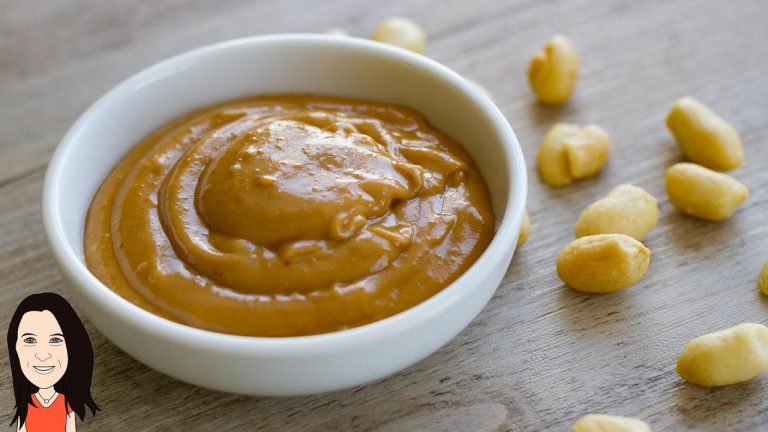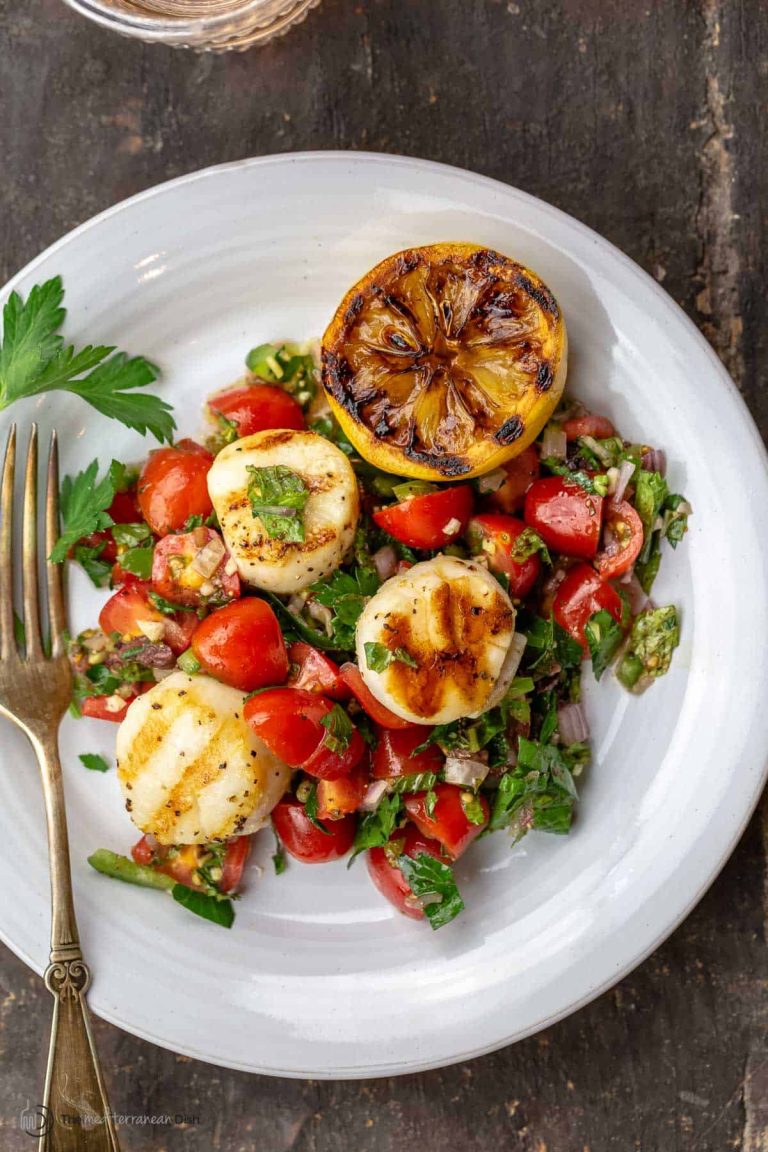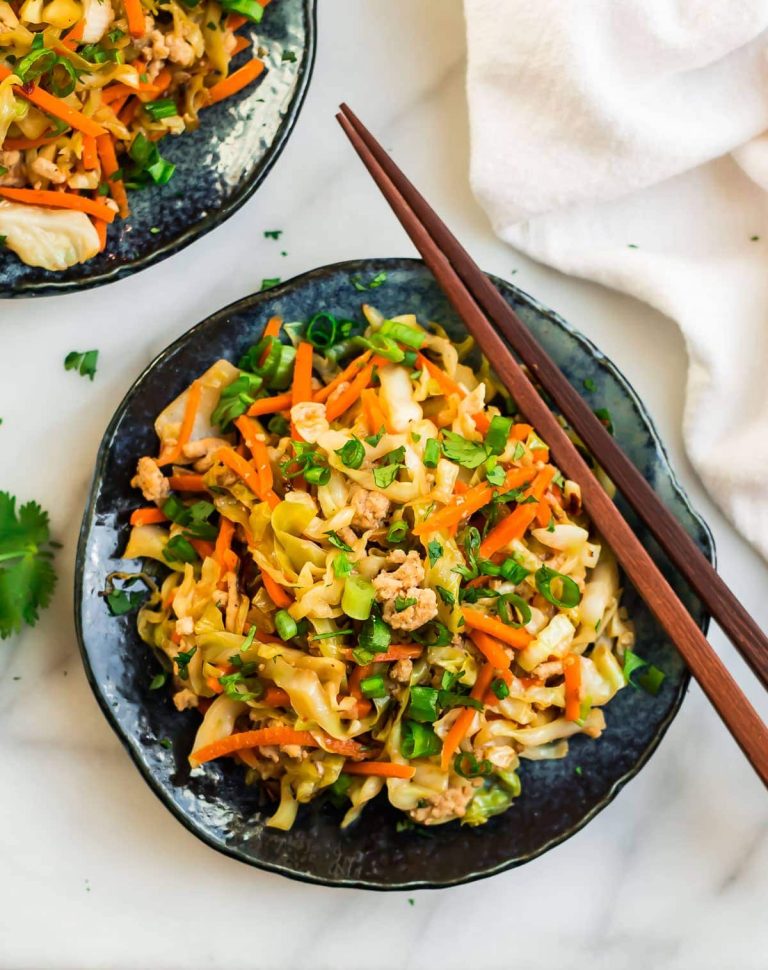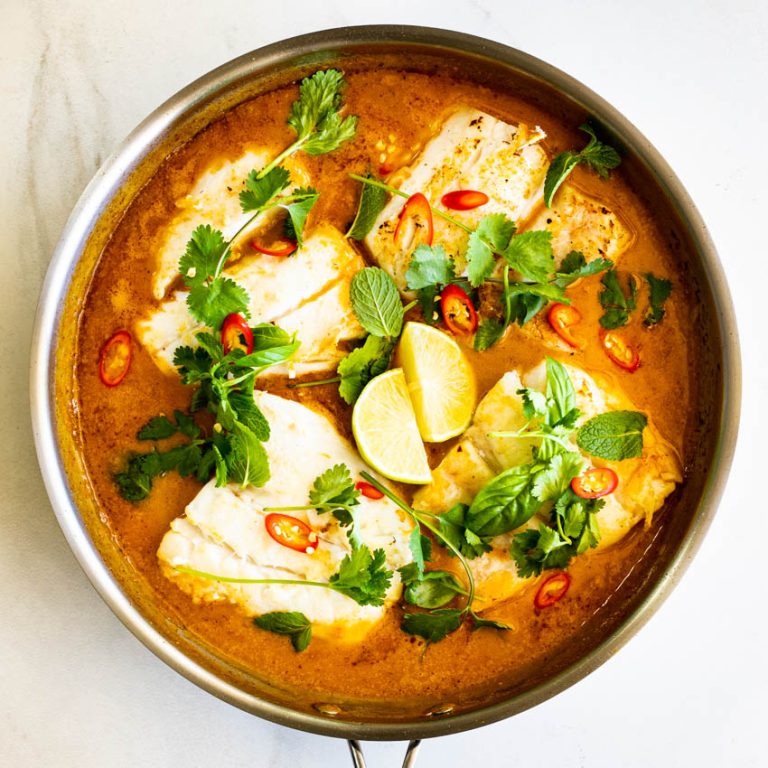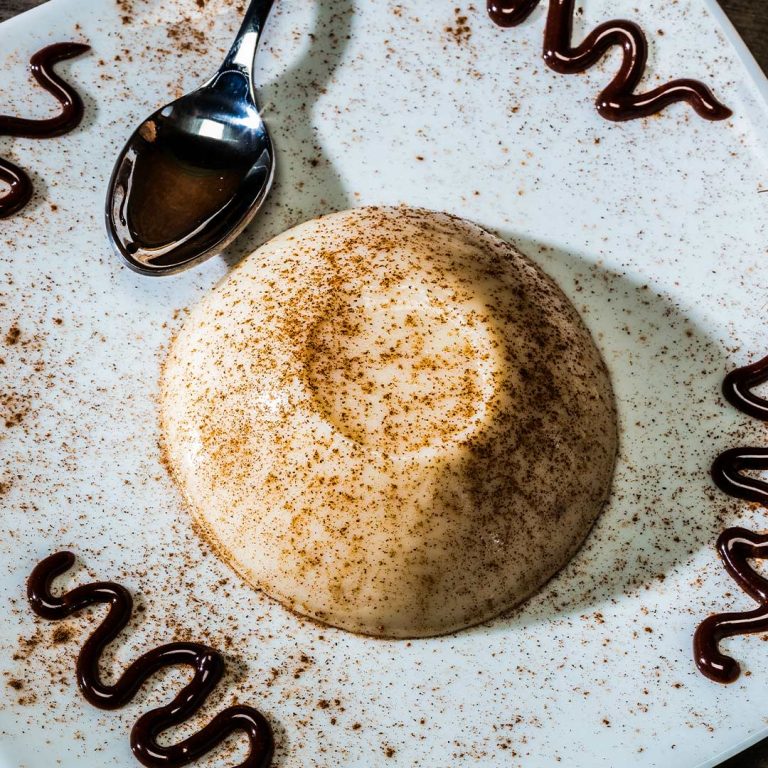Crispy Fried Chicken: Tips, Recipes, and Serving Ideas
Crispy fried chicken traces its origins to West African and Scottish cuisines. West Africans, who arrived in the Southern United States as enslaved people, brought their frying techniques and seasoning skills, blending them with the Scottish practice of frying chicken without seasoning. Combining these traditions led to the birth of what we now know as Southern fried chicken. It’s not just a dish; it’s a symbol of cultural fusion, resilience, and adaptation. Over time, fried chicken made its way into family gatherings, social functions, and holidays, becoming an integral part of Southern hospitality and American culinary tradition.
Evolution and Popularization
The evolution of crispy fried chicken has seen it rise from humble beginnings to global fame. During the Great Migration in the early 20th century, African Americans moved North, bringing their fried chicken recipes with them. This migration helped spread the dish nationwide. The opening of the first Kentucky Fried Chicken (KFC) restaurant by Colonel Harland Sanders in 1952 marked the commercialization of fried chicken. Sanders’ secret recipe and franchising approach popularized fried chicken throughout the US and beyond. Today, various fast-food chains and culinary innovations, such as Korean fried chicken, have put their unique spin on this beloved dish, ensuring its continued popularity worldwide.
This section ties into the guide on mastering crispy fried chicken by providing historical context, helping you appreciate its deep-rooted cultural significance and understand how it evolved into the delightful dish enjoyed globally today.
Key Ingredients for Crispy Fried Chicken
Choosing the Right Chicken
Selecting the appropriate chicken cut lays the foundation for your crispy fried chicken. Opt for bone-in, skin-on pieces like thighs, drumsticks, and wings since they retain moisture and flavor better during frying. Boneless breasts tend to dry out, making them less ideal. Ensure the chicken is fresh and of high quality. It’s beneficial to marinate the chicken for a few hours or overnight to penetrate the meat deeply with flavors.
Importance of Flour and Seasonings
Use all-purpose flour as the primary coating for your chicken. It creates the desired crispy texture when fried. For a more robust crust, mix in some cornstarch or baking powder with the flour. Seasonings are pivotal for flavor. Combine salt, pepper, paprika (sweet or smoked), garlic powder, and onion powder in the flour mix. For added complexity, include cayenne pepper or chili powder. Properly seasoning the flour ensures each bite delivers a consistent and delicious taste.
Cooking Techniques for Perfect Crispiness
Traditional Deep-Frying
Traditional deep-frying delivers the iconic crispy texture. The chicken cooks evenly in hot oil, creating a golden exterior and juicy interior. To start, heat the oil to around 350°F (175°C) in a deep fryer or heavy pot. Use a thermometer to maintain a consistent temperature. Dredge the marinated chicken in seasoned flour, shaking off excess.
Place the chicken pieces gently into the hot oil. Avoid overcrowding, which drops the oil temperature and makes the chicken greasy. Fry in batches if necessary. Cook the chicken for 10-12 minutes, turning once, until it reaches an internal temperature of 165°F (74°C). Use a wire rack to drain the cooked chicken to keep it crispy.
Air Frying as a Modern Alternative
Air frying offers a healthier alternative without sacrificing crispiness. Preheat the air fryer to 375°F (190°C). Marinated and breaded chicken ensures an even coating. Lightly spray the chicken with cooking oil to enhance the crispiness.
Arrange the chicken pieces in a single layer in the air fryer basket. Do not overcrowd the basket; cook in batches if necessary. Cook the chicken for 25-30 minutes, turning halfway through. Check for an internal temperature of 165°F (74°C) for doneness. Air frying significantly reduces oil use while still achieving a crunchy texture.
Serving and Presentation Ideas
Classic Accompaniments
Complement crispy fried chicken with traditional sides to enhance its flavor. Serve it with coleslaw, which adds a refreshing crunch. Offer mashed potatoes as they provide a creamy texture contrast. Include biscuits for a buttery, fluffy bite. Use cornbread for a sweet, earthy note. Provide pickles to cut through the richness with acidity. Pair these sides to create a balanced meal that showcases the chicken’s crispy texture and juicy interior.
Creative Serving Suggestions
Impress guests with innovative serving ideas for crispy fried chicken. Arrange sliders using small buns, coleslaw, and pickles for a fun, bite-sized option. Create chicken and waffle bites by placing fried chicken pieces on mini waffles, drizzling with maple syrup. Serve chicken atop a bed of mixed greens for a crunchy salad. Offer different dipping sauces like honey mustard, spicy mayo, and barbecue for variety. Elevate presentation by using rustic wooden boards or stylish platters for a visually appealing display. These inventive approaches can make your fried chicken experience even more memorable.
Health Considerations
Caloric Content and Nutritional Info
Crispy fried chicken, though delicious, contains high caloric content due to its cooking method. When deep-fried, a medium piece typically has around 300-400 calories, with a significant amount coming from fats. Each serving usually provides close to 20 grams of fat, with saturated fat making up about half of this value (9-10 grams).
Fried chicken also offers protein and essential minerals like iron, zinc, and potassium. However, it’s low in fiber and can contain high levels of sodium, especially when marinated and seasoned heavily. Keeping portions controlled and balanced with vegetables can moderate its nutritional impact.
Tips for Healthier Alternatives
Consider using an air fryer to reduce the fat content while retaining crispiness. Air frying uses hot air circulation to achieve a similar texture, cutting down on added oils. You can expect to cut fat content by up to 75% compared to deep frying.
Opt for leaner cuts such as chicken breast instead of thighs or drumsticks. Lean cuts have less fat and calories while still providing ample protein. Using whole wheat flour or almond flour for coating instead of refined flour can also boost the fiber content.
Marinate chicken using herbs, spices, and low-sodium marinades. This method enhances flavors without relying on excessive salt. Oven-baking on a wire rack lets the fat drain away, offering a crispy texture with less grease. You can also try gluten-free bread crumbs or a blend of crushed nuts for added nutritional value.
Conclusion
Mastering crispy fried chicken is an art that combines the right cuts, seasoning, and cooking techniques. While the classic accompaniments and innovative serving ideas can elevate your dining experience, balancing flavors and textures is key. Don’t forget to consider healthier alternatives like air frying or oven-baking to enjoy this beloved dish without the guilt. Whether you’re serving it at a family gathering or a casual meal, crispy fried chicken is sure to impress and satisfy.


